detail profile bobby troup
Peran Yang Di Mainkan Bobby Troup
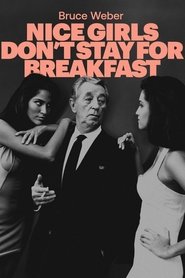 In the late 1990s iconic photographer...
In the late 1990s iconic photographer...Nice Girls Don't Stay for Breakfast 2019
In the late 1990s, iconic photographer Bruce Weber barely managed to convince legendary actor Robert Mitchum (1917-97) to let himself be filmed simply hanging out with friends, telling anecdotes from his life and recording jazz standards.
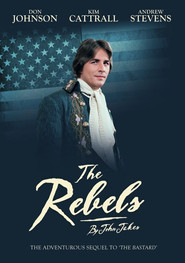 This sequel to The Bastard continues...
This sequel to The Bastard continues...The Rebels 1979
This sequel to "The Bastard" continues the saga of Philip Kent, the illegitimate son of an English nobleman, who has renounced his patrician birthright to become a Colonial soldier fighting for America's independence, befriending a Southern aristocrat and his earthy buddy to help thwart a plot to assassinate George Washington. (Episodes 3 and 4 of the Kent Chronicles miniseries.)
 Also known as Dragnet 1966 this TV...
Also known as Dragnet 1966 this TV...Dragnet 1969
Also known as "Dragnet 1966," this TV movie was originally the pilot for the 1967 relaunch of the original 1950s "Dragnet" radio show and TV show (which also had its own movie in 1954, from the same creative team). However, the pilot wasn't actually aired until 1969. In this feature-length entry, Sgt. Joe Friday is called back from vacation to work with his partner, Officer Bill Gannon, on a missing persons case. Two amateur female models and a young war widow have vanished, having been last seen with one J. Johnson. In the course of tracking down Johnson and the young ladies, the detectives wind up with two different descriptions of the suspect, one of which closely resembles a dead body found in a vacant lot. But the dead man, later identified as Charles LeBorg of France, proves not to be J. Johnson, when a third young model disappears.
 A playboy golf pro kicked off...
A playboy golf pro kicked off...Banning 1967
A playboy golf pro, kicked off the circuit for alleged cheating, is forced to hustle for a living.
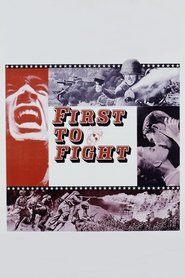 Jack is the sole survivor of...
Jack is the sole survivor of...First to Fight 1967
Jack is the sole survivor of a Japanese attack on his squad at Guadalcanal. Because of his heroism and the fact that he is still alive, he becomes a Medal of Honor hero. He returns to train new recruits for the Marines and falls for a girl named Peggy. When training and marriage leave him with an empty feeling, he decides on a transfer back to the front lines. Soon he will find that marriage and life will change his outlook on the grueling battles that lie ahead.
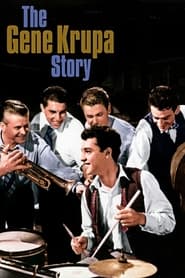 The story of legendary jazz drummer...
The story of legendary jazz drummer...The Gene Krupa Story 1959
The story of legendary jazz drummer, Gene Krupa. Since his youth, all Gene ever wanted to do is play the drums and make music. This is something his parents would not approve of- they want him to be a priest. When Gene's father dies he promises to enter the priesthood. He soon realizes that he doesn't belong there and leaves to join his friend, Eddie's band. Ethel, Eddie's girlfriend, convinces Gene to go to New York and make it big. The 3 of them head to New York. Here Ethel and Gene soon fall in love and Gene makes a name for himself. Gene starts to live in the fast lane, with drugs, alcohol, women and parties. Ethel, unhappy with Gene's lifestyle, leaves him. Gene soon "hits rock bottom" where he has to face reality and choose where to take his life.
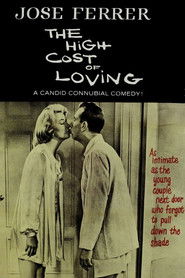 Middleaged middlemanager Jim Fry with the...
Middleaged middlemanager Jim Fry with the...The High Cost of Loving 1958
Middle-aged middle-manager Jim Fry, with the same company for fifteen years, is in a comfortable rut. But life becomes less predictable when he doesn't receive an invitation to an important luncheon being held by the new company president. Convinced that he's about to lose his job, Jim begins to mull over his limited prospects when his wife confirms that she's pregnant.
 Bop Girl Goes Calypso is a 1957...
Bop Girl Goes Calypso is a 1957...Bop Girl Goes Calypso 1957
Bop Girl Goes Calypso is a 1957 American United Artists film directed by Howard W. Koch and starring Judy Tyler. It featured Calypso music, and music by the Bobby Troup Trio and bassist Jim Aton. The calypso craze of the late 1950s drives this fun musical about grad student Bob Hilton (Bobby Troup), who sets out to prove that rock 'n' roll and bop are going the way of the dinosaur, to be replaced by the refreshing rhythms of calypso.
 A murderous thief on the run...
A murderous thief on the run...The River's Edge 1957
A murderous thief on the run with stolen loot forces a poor rancher to guide him across the desert into Mexico. Accompanying them is the rancher's wife, who happens to be the killer's former girlfriend.
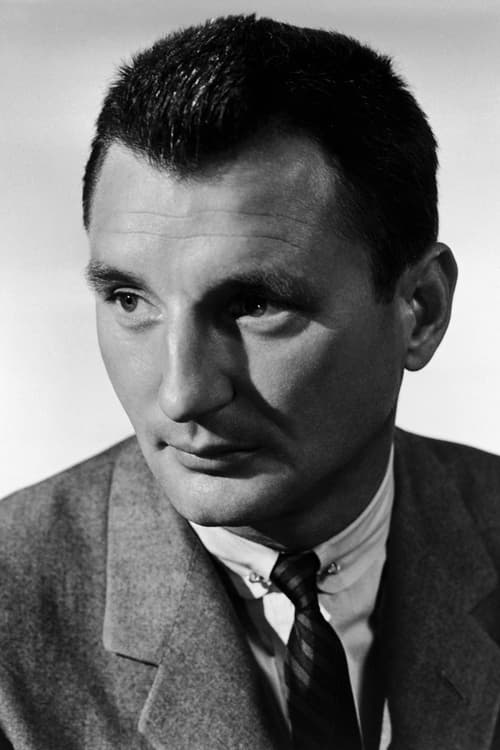
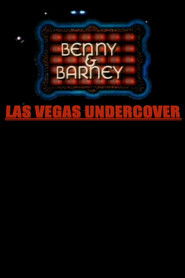 Two undercover cops find their avocation...
Two undercover cops find their avocation...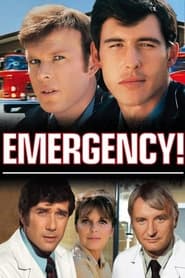 The pilot movie to the hit...
The pilot movie to the hit...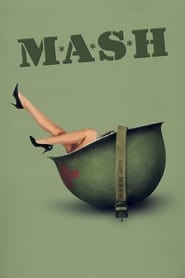 The staff of a Korean War...
The staff of a Korean War...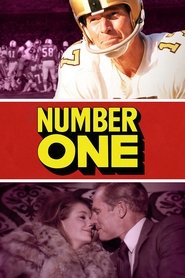 A former football hero cannot accept...
A former football hero cannot accept...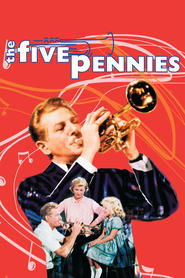 Dixieland cornetist Red Nichols runs into...
Dixieland cornetist Red Nichols runs into...